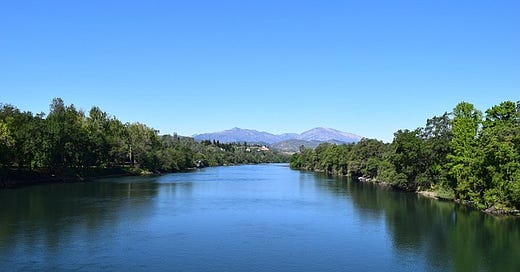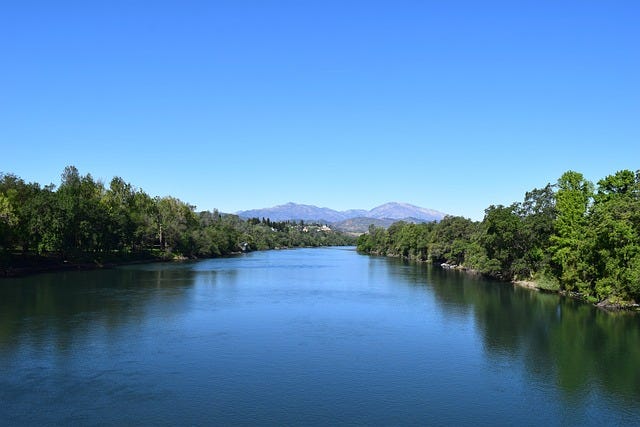The Complex History of California's Water Rights System
California's antiquated water rights system has a complex history that dates back to the 19th century. In 1850, California became a state, and shortly after, the Gold Rush sparked a massive influx of settlers seeking to strike it rich in the West. With this new population came the need for water to irrigate crops, mine for gold, and build new communities.
As settlers began to claim land and divert water, conflicts over water arose. In response, the California State Legislature enacted the first water law in 1850, establishing a "first in time, first in right" system for water use. This system allowed the first person or entity to use water from a stream or river to continue to use it, even if others downstream also needed the water.
The "first in time, first in right" system was based on the English common law principle of riparian rights, which gave landowners adjacent to a water source the right to use that water. As California grew, this system evolved to include appropriative rights, which allowed for the transfer of water rights from one location to another, regardless of riparian ownership.
By the early 20th century, California's water rights system had become increasingly complex, with multiple layers of regulations and court decisions that often conflicted. In 1914, the state passed the Water Commission Act, which created the State Water Resources Control Board (SWRCB) to oversee and regulate water use in California.
However, the SWRCB's authority was limited, and water rights continued to be governed by a patchwork of local and regional agencies. Additionally, the state's water infrastructure was not designed to accommodate the needs of a growing population and expanding agricultural industry.
In the 1920s and 1930s, the state began building a system of dams, reservoirs, and canals to store and transport water across the state. This system, known as the State Water Project, provided a reliable water source for urban and agricultural use, but it also exacerbated conflicts over water rights.
As California's population grew, demand water outstripped supply, leading to contentious legal battles over the allocation of water rights. The state's water rights system came under intense scrutiny during the California Water Wars of the 1970s when environmental groups and agricultural interests clashed over water use in the state's fragile ecosystems.
In the following decades, California's water rights system has undergone numerous reforms and revisions, with the SWRCB gaining more authority to regulate water use and resolve disputes. However, many experts argue that the system remains outdated and needs significant reforms.
Today, California is facing some of its most severe water shortages in decades, with a historic drought exacerbating existing conflicts over water rights. The state is exploring new strategies for managing its water resources, including increased conservation efforts, investment in water infrastructure, and reforms to the water rights system.
Despite the challenges, California's antiquated water rights system remains crucial to the state's history and identity, reflecting the complex interplay between water, land use, and economic growth in the American West. As the state looks toward the future, it will continue to grapple with the legacy of its water rights system and seek new ways to balance competing interests and ensure a reliable supply of water for generations to come.




